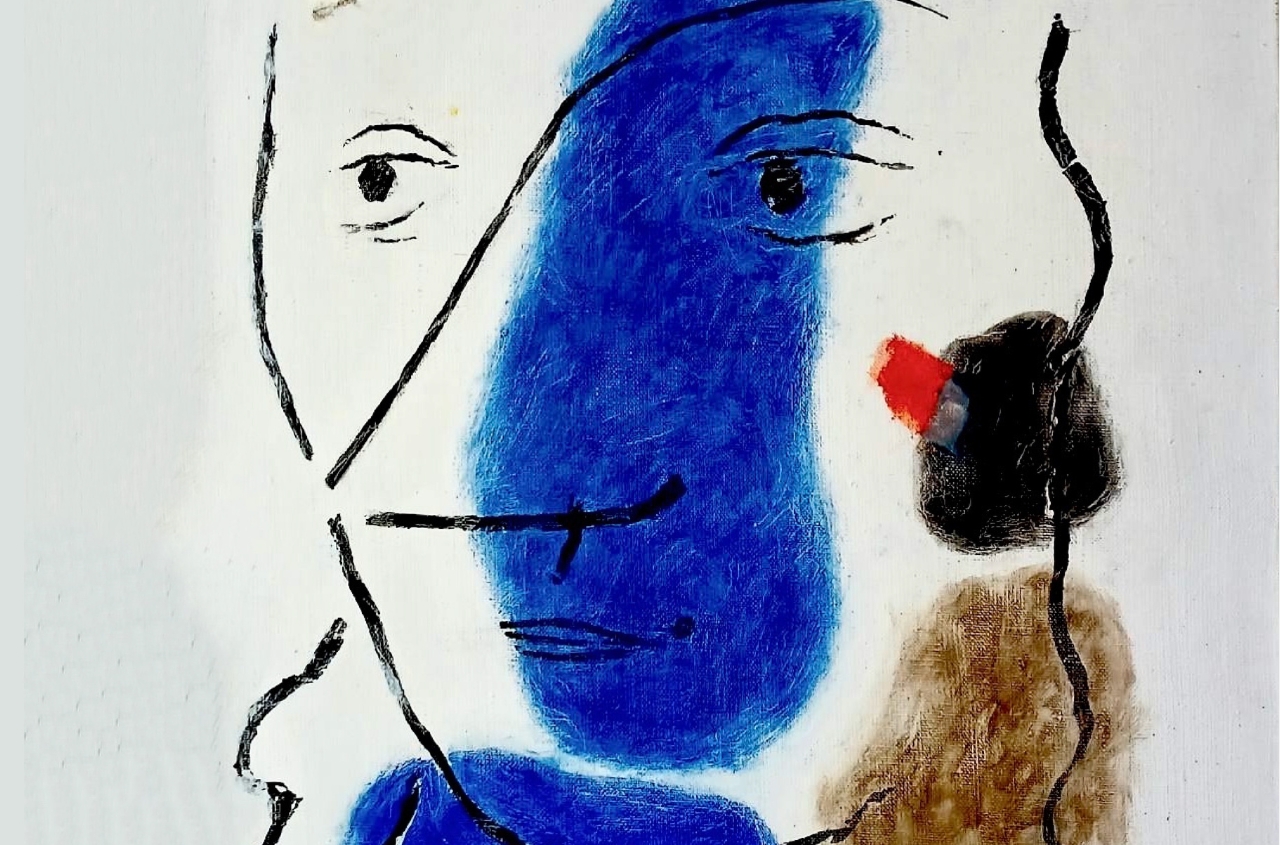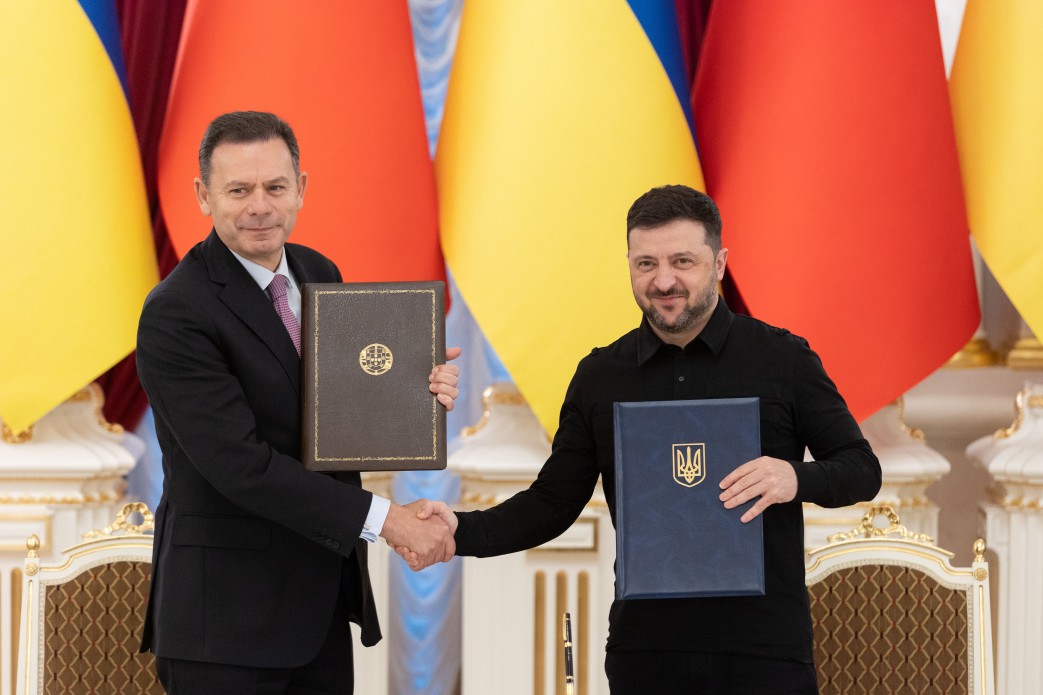On August 13, the Office of the Prosecutor General, in collaboration with the National Police, transferred a unique treasure of three Roman silver ingots to the National Museum of History of Ukraine. These artifacts were rescued from illegal sale and returned to the state.
The treasure was discovered in the Khust district of Zakarpattia. A local resident attempted to sell one of the ingots through an online platform. This attempt was detected by a National Museum of History employee, who reported the crime to the authorities. During a search of the seller's home, two more similar items were found.
Acting Minister of Culture and Information Policy of Ukraine, Rostyslav Karandiyiv, thanked the museum staff and law enforcement for their professionalism and vigilance in saving the artifacts.
"We must do everything necessary to preserve our vast cultural and historical heritage for future generations," he emphasized.
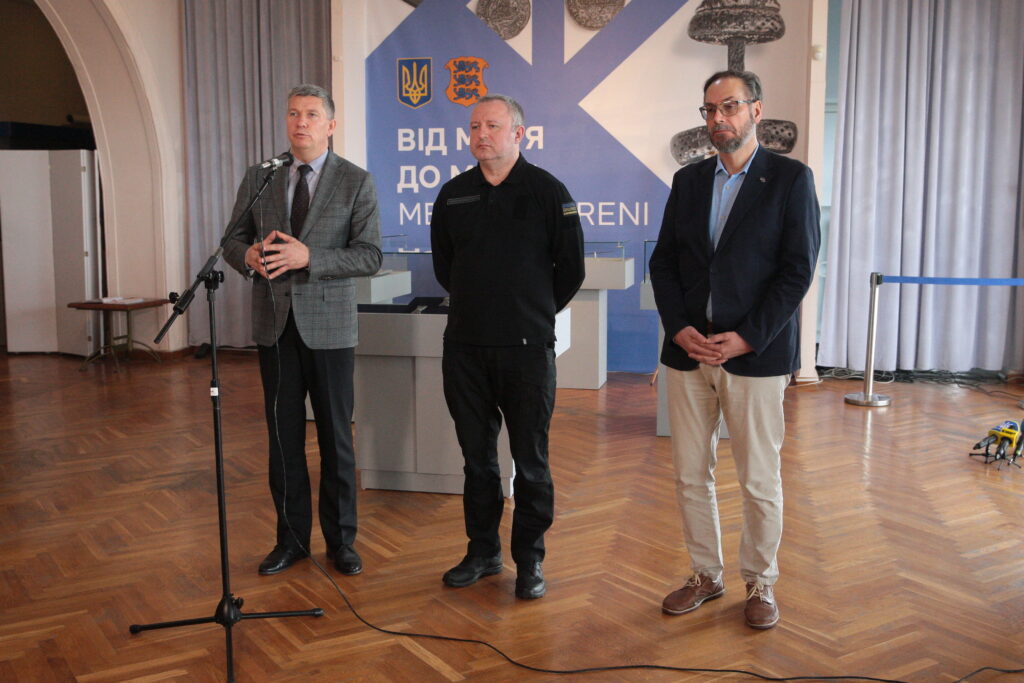
Karandiyiv also highlighted the importance of preserving and securely storing cultural values.
"Today, the Ministry of Culture and Information Policy is addressing several important tasks, with one of the highest priorities being the creation of a national depository. This will be a place where we can safely and effectively store all evacuated cultural values. We plan to attract international funds for its construction and equipping."
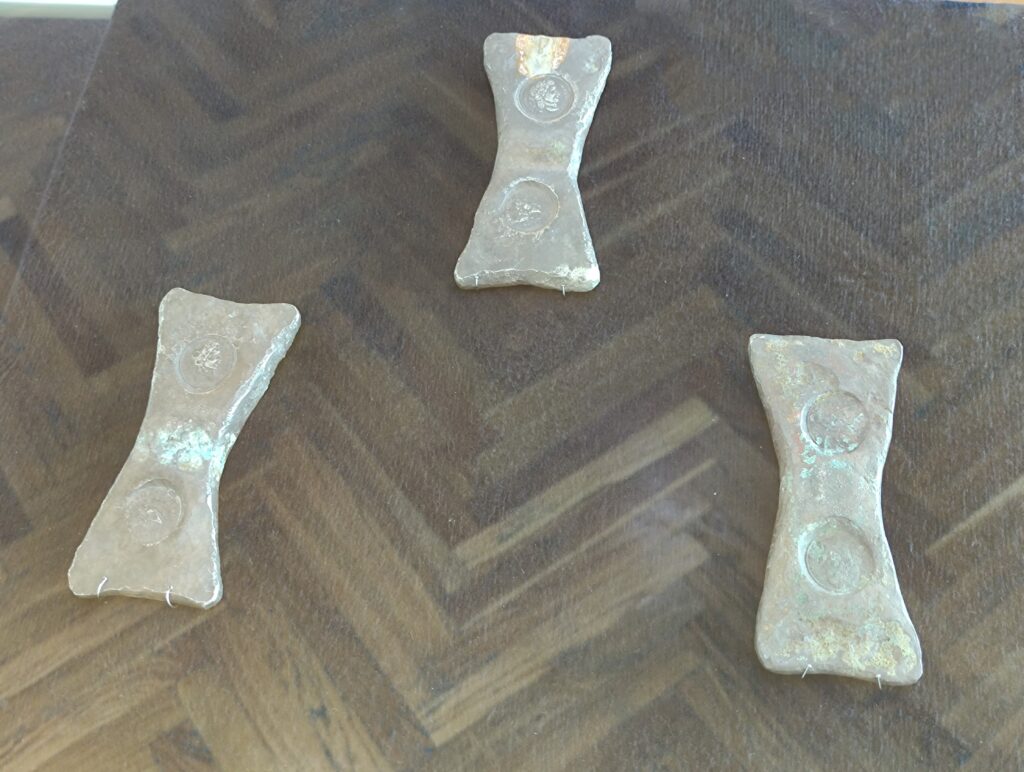
As part of the investigation, an expert examination of the artifacts was conducted by forensic experts from the State Scientific Research Forensic Center of the Ministry of Internal Affairs of Ukraine and specialists from the National Museum of History of Ukraine. The research confirmed that the seized items are cultural values of historical, scientific, and artistic significance.
Experts also established that the Roman silver ingots date back to 306-337 AD, with each weighing 342 grams and collectively valued at nearly 3.5 million UAH.
Prosecutor General of Ukraine Andriy Kostin noted that crimes against cultural heritage are disgraceful and are on par with other types of offenses. He also emphasized the importance of close cooperation with scientists and artists to address these crimes.
"The uniqueness of these ingots is not just in their value but in the fact that only a few similar artifacts have been found in Europe. It is also unique that these ingots were discovered in Ukraine, in Zakarpattia. I want to thank the National Museum colleagues for their vigilance and dedication. Thanks also to the National Police for their promptness and cooperation. And thanks to everyone who preserves our historical and cultural values, especially during the war," Kostin added.
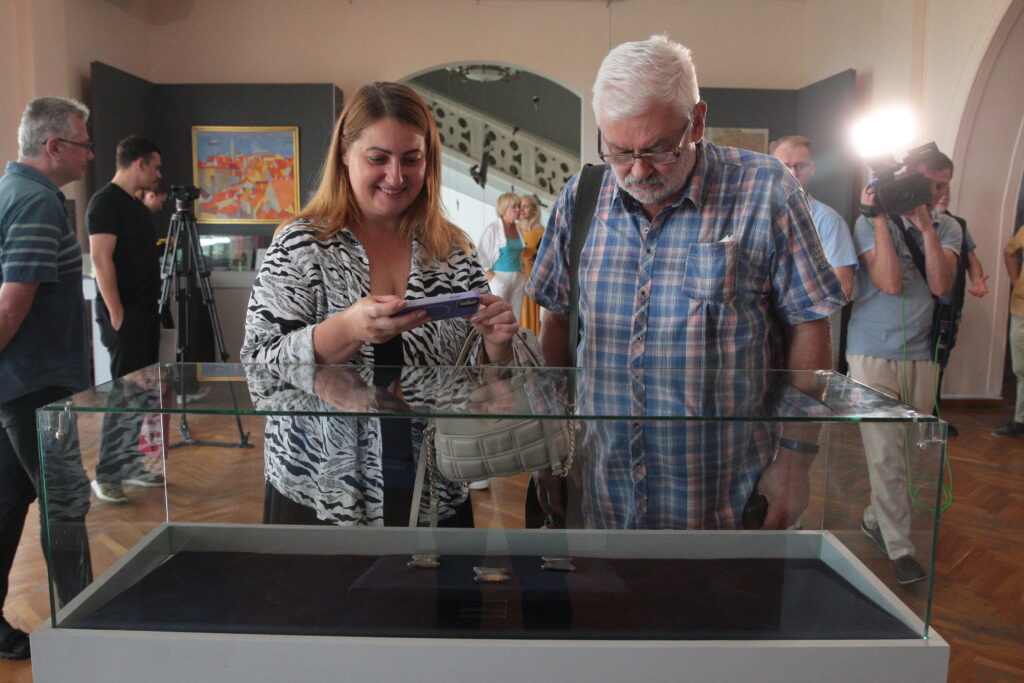
Meanwhile, Fedor Androshchuk, the General Director of the National Museum of History of Ukraine, noted that the museum has had a sector dedicated to tracking illegal trade of cultural heritage treasures for nearly two years.
Symbolically, the transfer of the artifacts occurred just before Archaeologist's Day, a professional holiday for those who have dedicated their lives to searching and studying material values of the past.

















